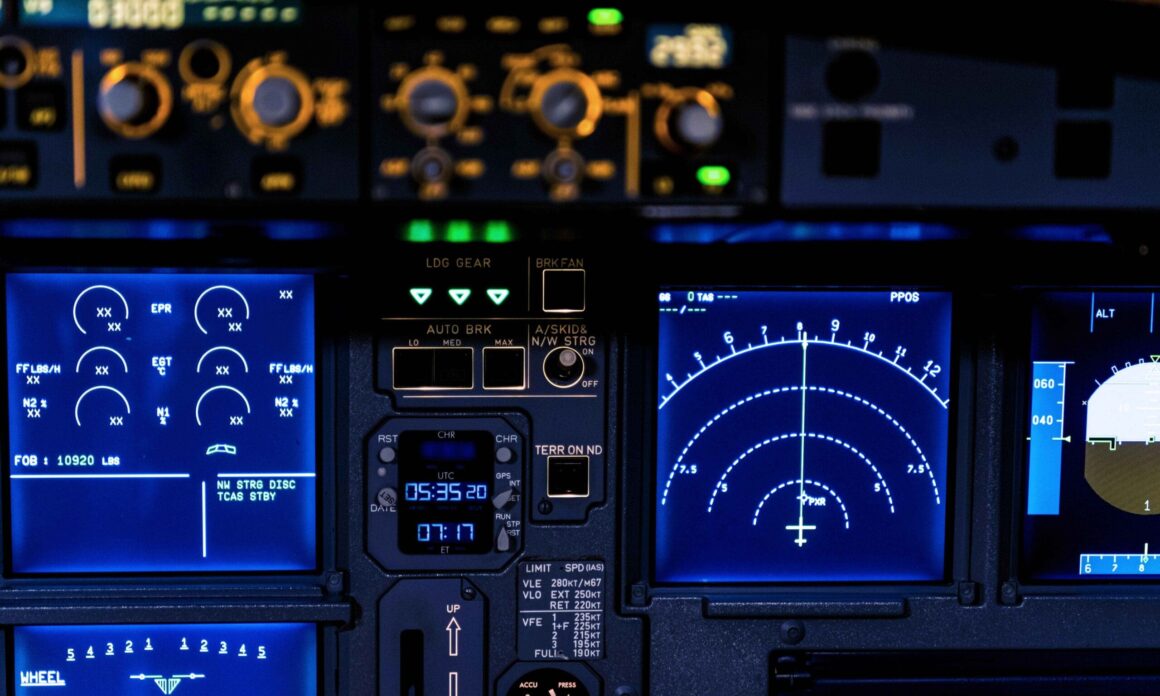Avionics Technician – Equipment Inspections – A Guide to Aircraft Electronics
Modern airplanes heavily rely on avionics systems to handle navigation, communication, and flight control. It is crucial to maintain the reliability and accuracy of these systems for safety reasons. Scheduled inspections and thorough checks are essential to ensure optimal performance of the aircraft’s avionics.
Different Types of Avionics Inspections:
- Pre-flight- Pilots conduct visual and operational checks on key avionics components before each flight.
- Annual- Licensed mechanics perform inspections that cover all major avionics components in accordance with regulations.
- Progressive- These inspections are spread out over regular intervals and focus on specific systems during each check to prevent overwhelming maintenance schedules.
- Prepurchase- A detailed inspection is conducted for potential buyers to assess the overall health and functionality of the avionics systems.
Components Checked During Inspections:
- Navigation- This includes radio navigation aids such as GPS, VOR, ILS well as attitude indicators, airspeed indicators and altimeters.
- Communication- Radios, transponders, and emergency locator transmitters (ELTs) are among the components checked.
- Flight Control- Autopilots, flight directors and stability systems fall under this category.
- Instrumentation- Engine gauges, warning systems and electrical systems are inspected during avionics checks.
Importance of Following Regulations:
National aviation authorities like the FAA establish regulations concerning avionics inspections. Compliance with these regulations ensures airworthiness & helps avoid potential fines or grounding. It is crucial to maintain documentation when it comes to your aircraft’s avionics. Make sure you keep records of all inspections, repairs, and updates. This documentation plays a role in ensuring the airworthiness of your aircraft and can prove valuable during future sales or insurance claims.
Here are some additional tips to optimize the performance of your avionics system:
- Take the time to familiarize yourself with the avionics systems installed in your aircraft.
- Undergo training on proper operation and emergency procedures.
- Address any minor issues promptly to prevent them from escalating into more significant problems.
- Choose experienced mechanics for inspections and repairs.
In conclusion, by prioritizing inspections and proper maintenance you can guarantee that your aircrafts avionics systems will remain reliable and fully functional. This not only enhances safety, but also provides peace of mind for both pilots and passengers. Remember, taking responsibility for keeping an eye on the sky is an investment in a worry free flight experience.


